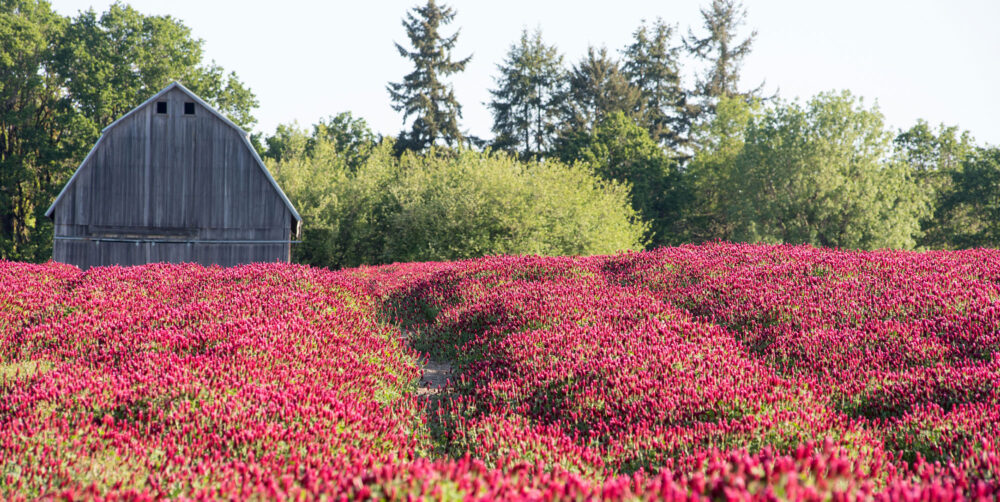
VINEYARD AND VALLEY SCENIC TOUR ROUTE
Your Journey Starts Here In Tualatin Valley, nature, agriculture, history and...
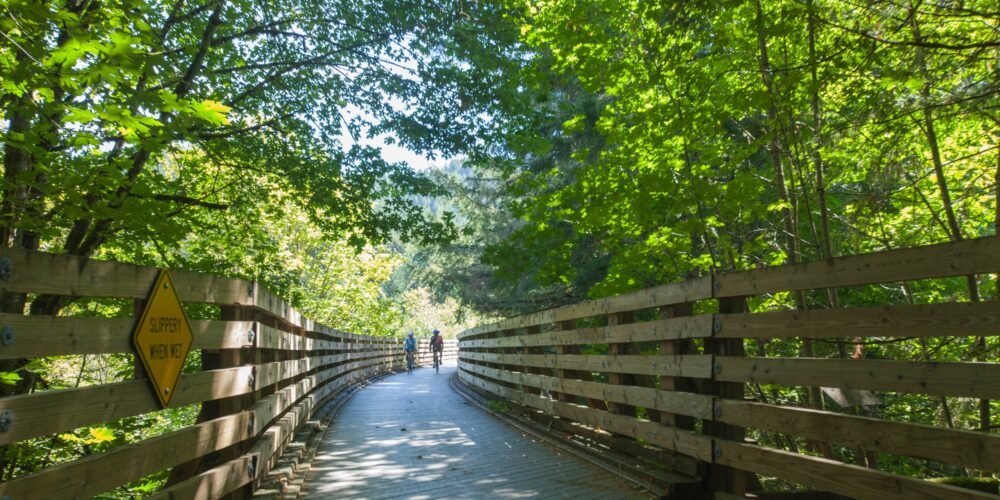
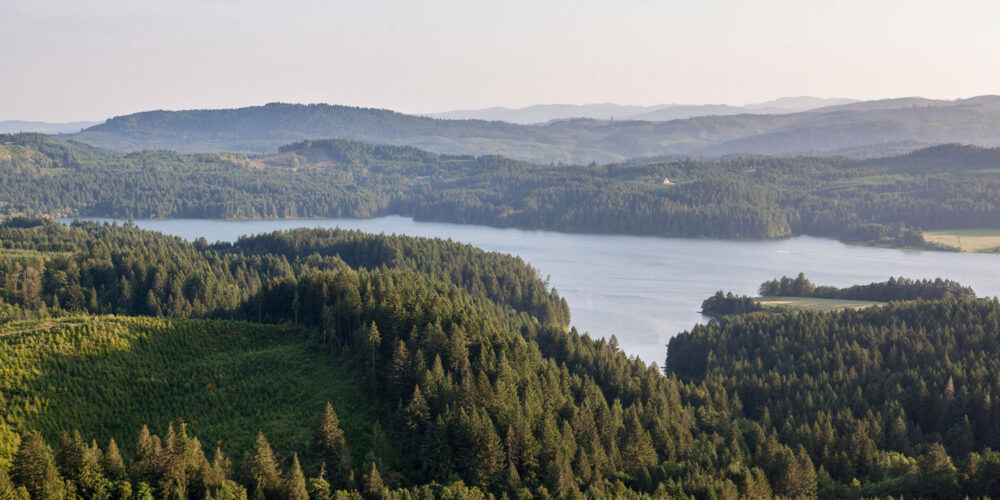
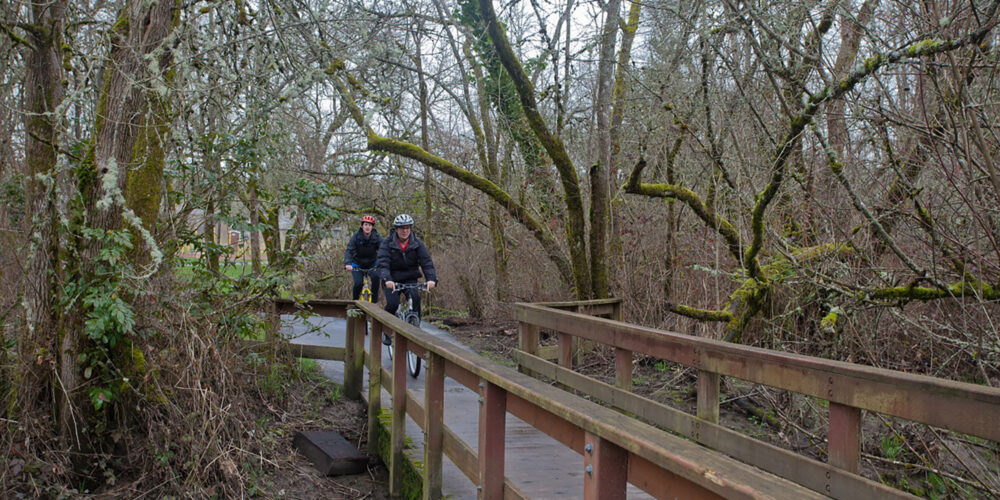
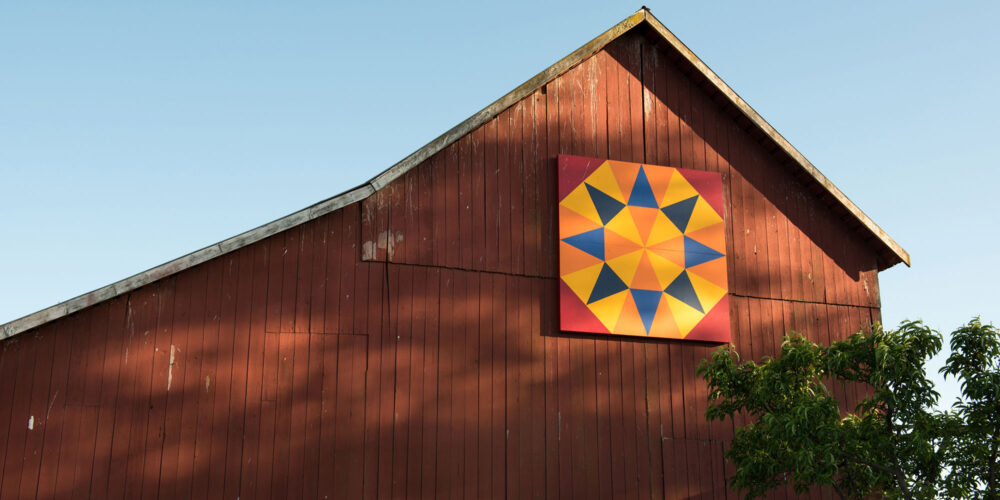

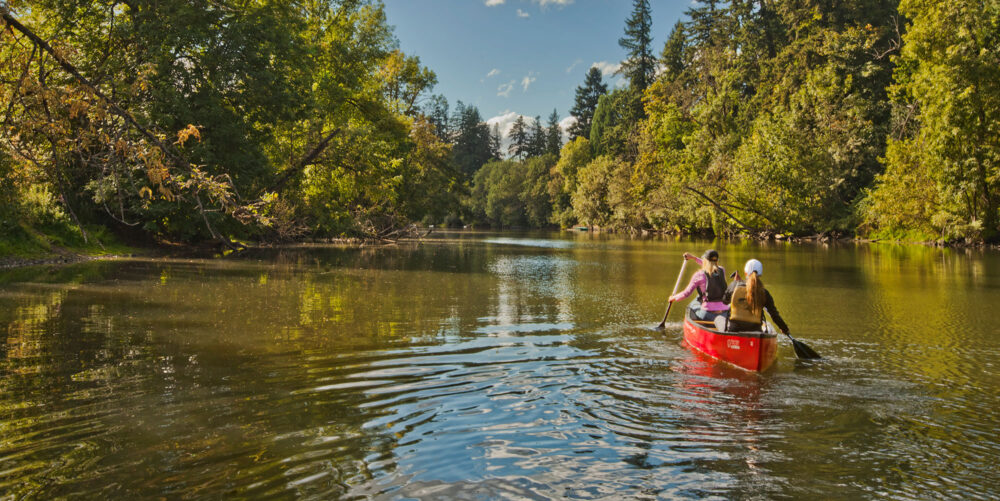


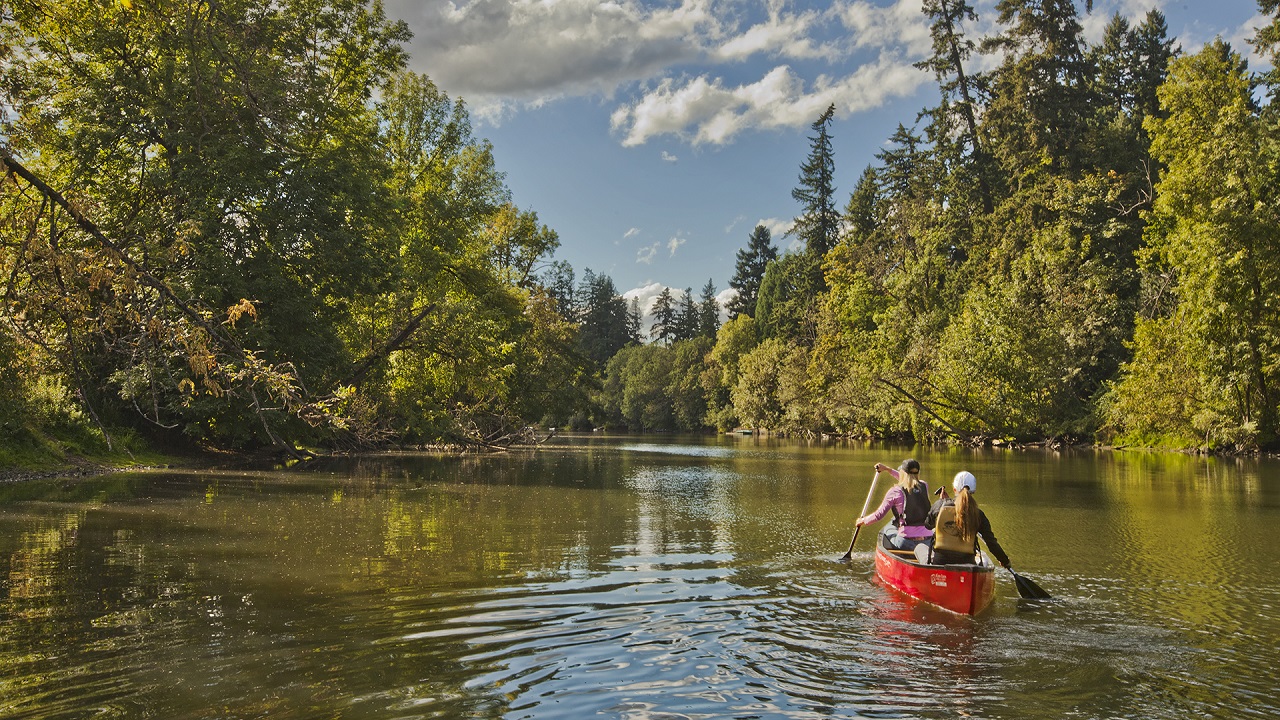
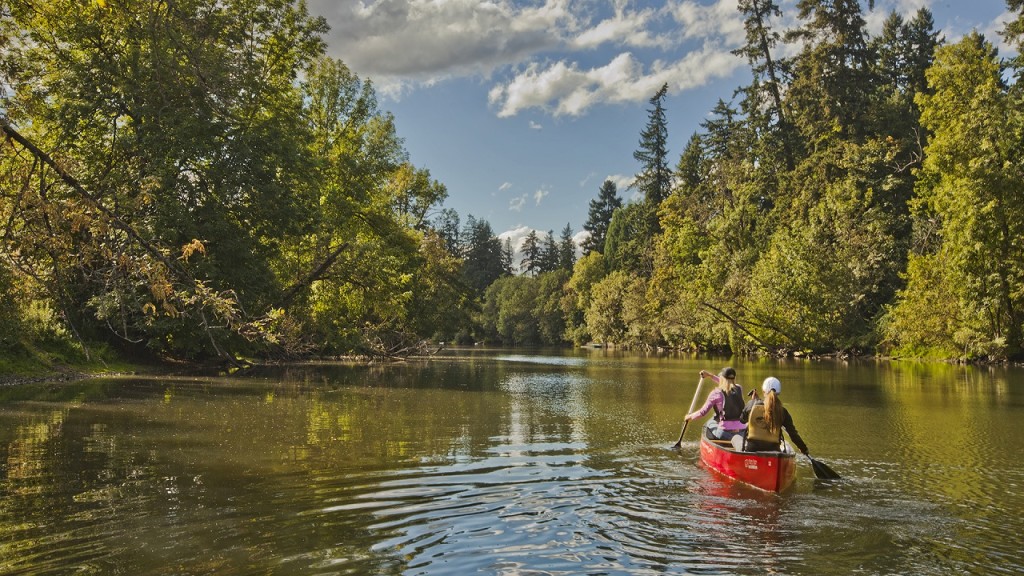
Wines. Ales. The great outdoors. Whatever your ultimate destination, walk, drive, peddle, or paddle your way across Tualatin Valley with these mapped guides.

Your Journey Starts Here In Tualatin Valley, nature, agriculture, history and...







